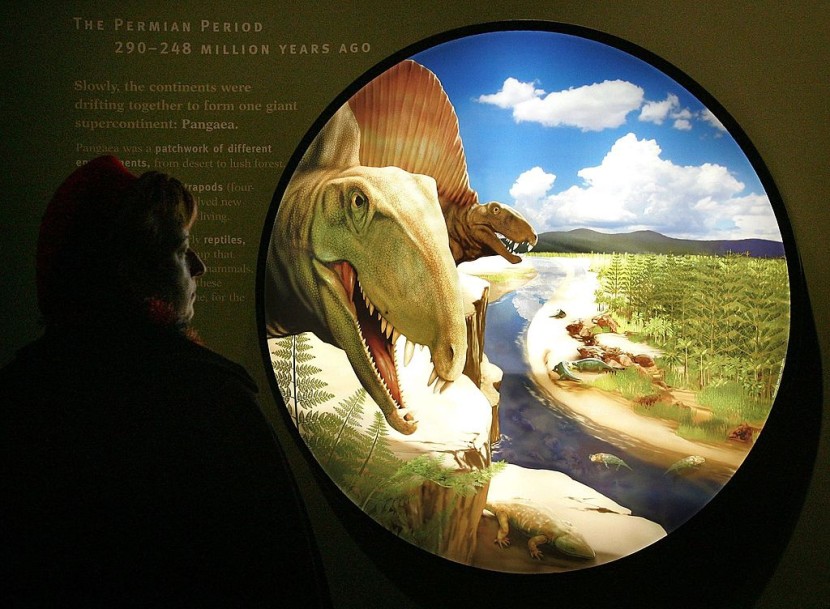
The mass extinction during the Permian might have been exaggerated as evidence of Gorgons surviving into the Triassic period. Despite their miraculous survival from the End of Permian and ending in the Triassic, they ended their run as survivors.
Gorgons Lived Past the Great Dying Period
Based on an examination of three fossils unearthed in the South African Karoo Basin, the gorgonopsians, the dominant carnivores during the late Permian period, seem to have been able to endure the Great Dying, reported Live Science.
Approximately 90% of all lifeforms kicked the bucket throughout this event, also recognized as the end-Permian extinction, which also occurred about 251.9 million years ago. Gorgonopsians were the exception; even though they survived, they didn't have promising potential.
A dead clade walking means to extinction studies is a group of animals surviving an extinction event but are compromised that they will eventually die out. This was the explanation by project co-researcher Christian Kammerer, noted Head Topics.
He added that these groups of organisms would not change even after surviving a mass extinction; they are evolutionary dead ends.
The study has yet to be peer-reviewed, and it was presented on Nov. 3 at the Society of Vertebrate Paleontology's annual conference in Toronto, citing Local Today.
The mythological and frightening Greek gorgon, whose appearance can turn people into rocks, influenced the name of the Gorgonopsians. They existed long before the dinosaurs, which first emerged in the Triassic period between 240 and 230 million years ago.
The Triassic Period Was the End of the Gorgons
Scientists have been informed of a partial gorgonopsian skull from the Karoo Basin dating towards the Triassic era's Induan age, about 251.9 million to 251.2 million years ago.
Other scientists had brushed aside that skull, believing it had been incorrectly identified or inaccurately dated. However, a new inquiry found that it was undoubtedly a gorgonopsian, potentially from the species Cyonosaurus. Two more specimens from the Karoo Basin are evaluated, probably also Cyonosaurus specimens.
The Permo-Triassic dividing line is traversed by two of the three gorgonopsian specimens, as well as an early Triassic layer seems to be the spot of the third sample. One of the reasons Cyonosaurus made it out of the mass extinction alive was because of its diminutive size, profusion, and adaptable diet.
The smallest known gorgonopsians are as large as foxes, with snouts that are long, narrow, and densely packed with teeth.
Kammerer says generalist predators are more resilient to natural catastrophes than large, highly specialized carnivores since they can adapt to changing ecosystems more successfully. Cyonosaurus is the gorgonopsian we expect to survive into the Triassic period.
According to one study author, once the mass extinction happened, the species diversity in the Karoo Basin collapsed, and the population of a herbivorous, tusked animal recognized as Lystrosaurus that lived during the Permian and Triassic periods exploded. This implied that Cyonosaurus may have had more than enough food.
More study into these sites is needed, said the authors, though evidence shows the gorgonopsians survived into the earliest part of the Triassic. They added that these species were from a rare and single genus; though survivors, they are still part of the end-Permian Great Dying.
The gorgons were an abundant species during the Permian but survived its end, but still lived on a bit into the Triassic period.








